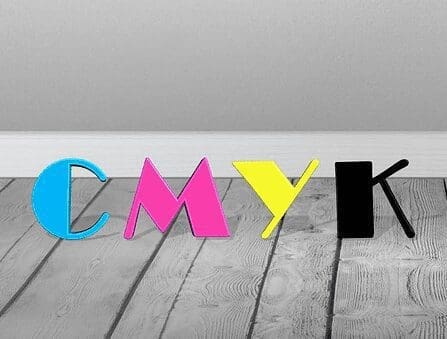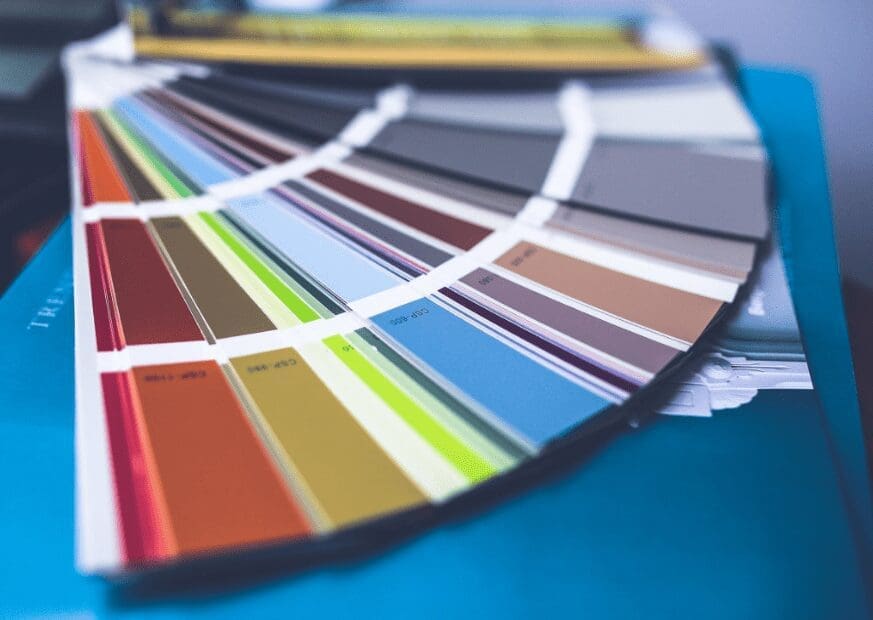
When it comes to exterior vinyl installations, temperature isn’t just a comfort factor – it’s a crucial element that determines the success and longevity of your signage. At Fusion Marketing, we’ve found that understanding these requirements helps our clients achieve better results and more durable installations.
The Magic Number: 50°F
The ideal temperature for exterior vinyl installation is 50°F (10°C). This isn’t arbitrary – it’s the temperature at which our premium 3M materials perform at their best. At this temperature, the adhesive bonds properly, and the vinyl remains pliable enough for smooth application.
Understanding Material Choices
Our material selection is carefully tailored to each project’s specific requirements:
3M IJ35 Series
This versatile vinyl is our go-to choice for flat surface applications. Its properties make it ideal for exterior signage on smooth, uniform surfaces where consistent adhesion is crucial.
3M IJ80 Series
When dealing with contoured or textured surfaces, we turn to the IJ80 series. Its unique properties allow it to conform to complex surface variations while maintaining excellent durability and appearance.
Cast vs. Calendared Vinyl
- Cast Vinyl: A medium-performance material that excels on flat surfaces. Its manufacturing process results in a highly stable product ideal for long-term exterior applications on smooth surfaces.
- Calendared Vinyl: Specifically designed for non-flat surfaces, this material offers superior conformability. Its unique properties allow it to adapt to irregular surfaces while maintaining adhesion and appearance.
Why Timing Matters
One common challenge we encounter is receiving exterior installation requests during winter months. While we understand the urgency of project timelines, installing vinyl in cold conditions can compromise the quality and durability of your signage investment. Cold temperatures affect both the vinyl material and its adhesive properties, potentially leading to installation issues and reduced longevity.
Cold Weather Challenges
When installations must proceed in cold weather, special heating techniques may be required. However, this introduces additional risks – particularly around glass surfaces. Rapid temperature changes from heating can potentially damage or crack glass, creating unnecessary risks and complications.
“When vinyl is installed in poor temperature conditions, the material becomes brittle and inflexible. This can lead to tearing and breakage during the installation process, compromising both the appearance and longevity of the signage,” explains Mark, Production Manager at Fusion Marketing.
Planning Your Installation
To ensure the best results for your exterior vinyl project:
- Schedule installations during warmer months when possible
- Consider temperature forecasts when planning project timelines
- Allow flexibility in scheduling to accommodate optimal conditions
- Discuss timing concerns with our team during the planning phase
Making the Right Choice
Understanding both temperature requirements and material selection isn’t just about technical specifications – it’s about protecting your investment and ensuring long-term satisfaction with your exterior signage.





